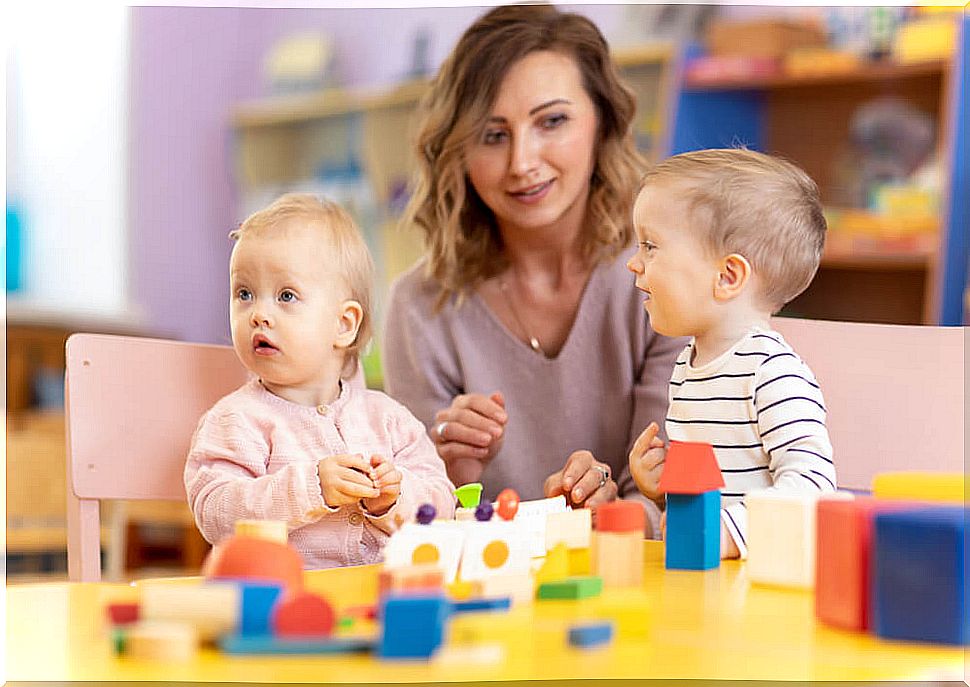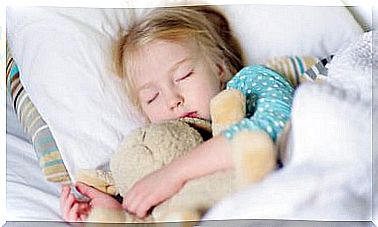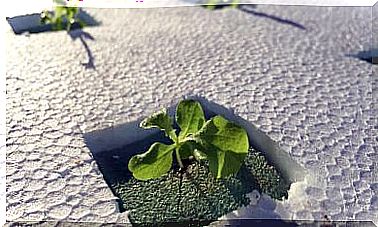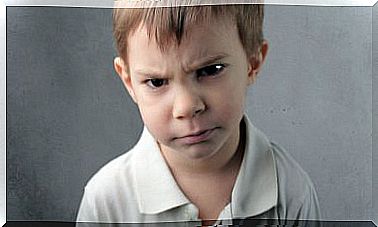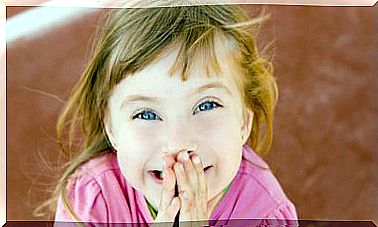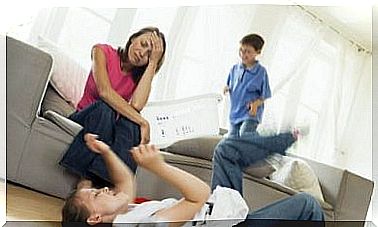What To Do If My Child Has Mollusks?
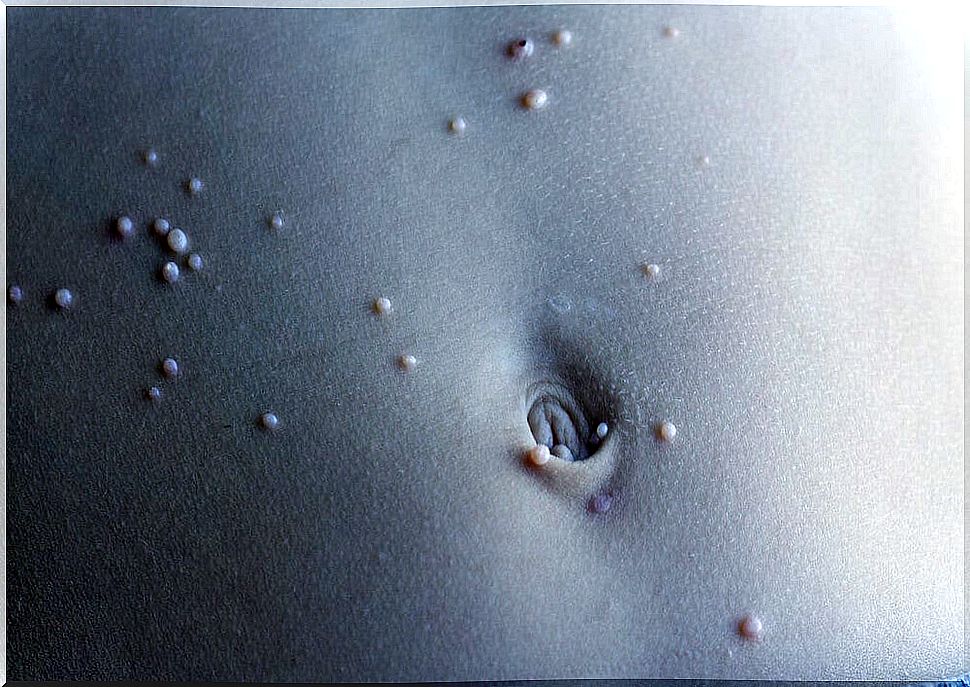
Molluscum contagiosum is a fairly common viral infection in children. It produces characteristic lesions on the skin. Despite how long it can last, it is a benign infection. Here we tell you some details about it and some tips to carry out if your child has mollusks.
What is molluscum contagiosum?
Molluscum contagiosum or Molluscum is a virus of the poxvirus family. Because children’s immune systems are not yet fully mature, they are the population most affected by mollusks.
In Europe, this pathology affects up to 5% of children between 2 and 12 years old, so we can say that it is quite common. This virus affects the mucous membranes and the most superficial layers of the skin. The form of contagion of mollusks can be:
- Direct contact with people who suffer from it, for example, skin-to-skin contact.
- Through objects that people with mollusks have used and have become infected, such as toys, towels, clothes …
- By extension to other parts of the body of a person who already has lesions with the virus.
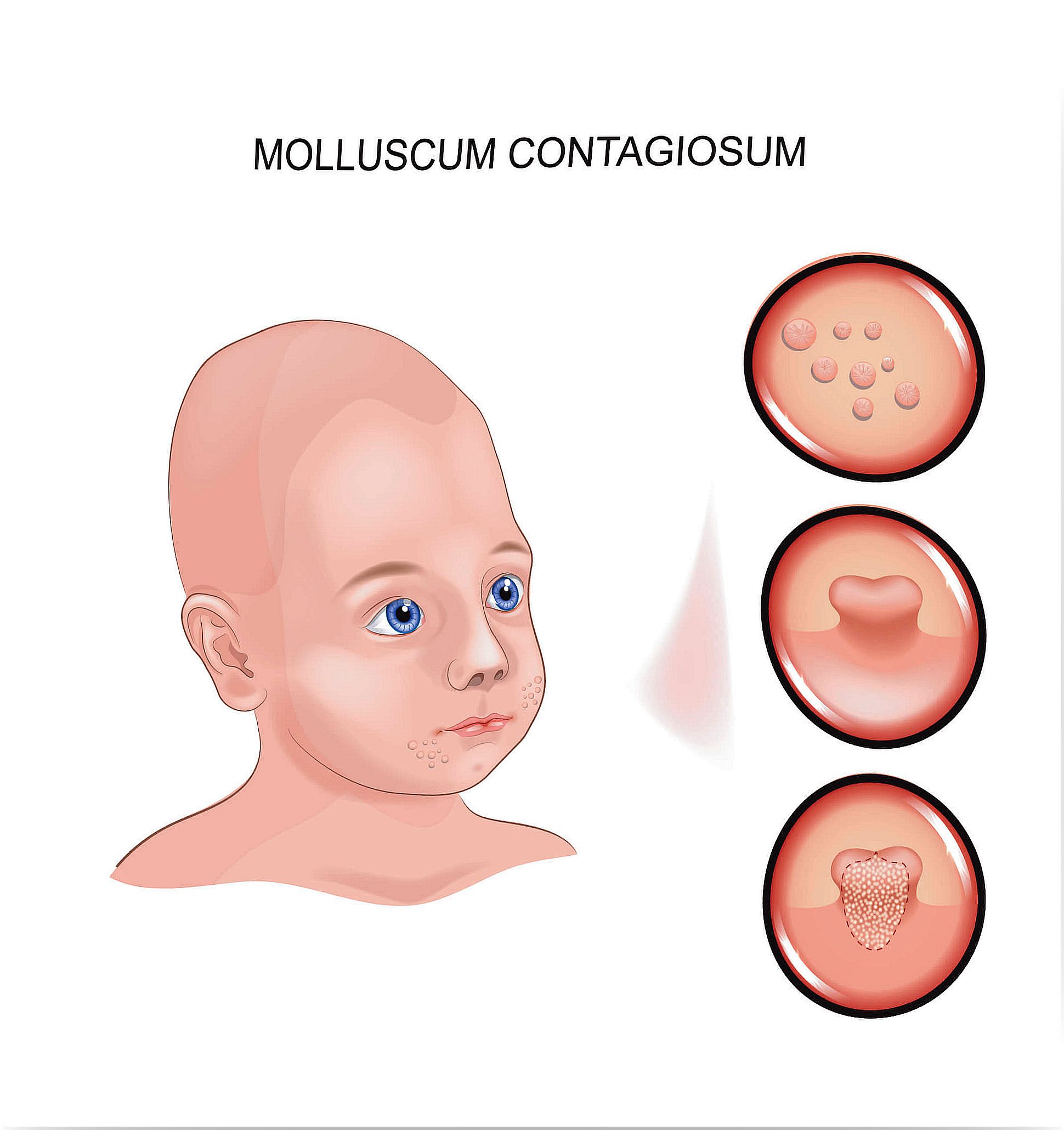
What symptoms do mollusks produce?
This virus produces lesions on the skin. These lesions are similar to small bumps or round and raised warts, and contain the virus inside. They can be shiny and hollowed out in the center. In general, these pimples appear mainly in areas such as the armpits, elbows or groin. They can affect any part of the body.
Molluscum lesions can appear singly or in groups. They do not usually cause pain but they do itch, and it is by scratching that the virus spreads to other parts of the body. Sometimes when there is a lot of itching and the person scratches a lot, larger lesions can occur.
How is molluscum contagiosum treated?
As always, it will be necessary to go to an expert to diagnose this pathology. Generally, no additional tests are necessary and can be diagnosed with the naked eye.
As we have already mentioned, this virus is usually a benign pathology that, although it can take months and even years, ends up disappearing, even without any treatment. Still, there are some treatments that can be helpful in ending the infection. Some of them can be:
- Empty the lesions of viral content by pressing them with the necessary material.
- Freeze the pimples (cryotherapy).
- There are gels and creams that can be applied, as well as oral treatments in the form of syrup or pills.
It will be the doctor who will assess which treatment is most appropriate in each case, or even if it is best to leave it untreated. Everything will depend on the child, the amount of injuries, their extent and the symptoms that are causing.
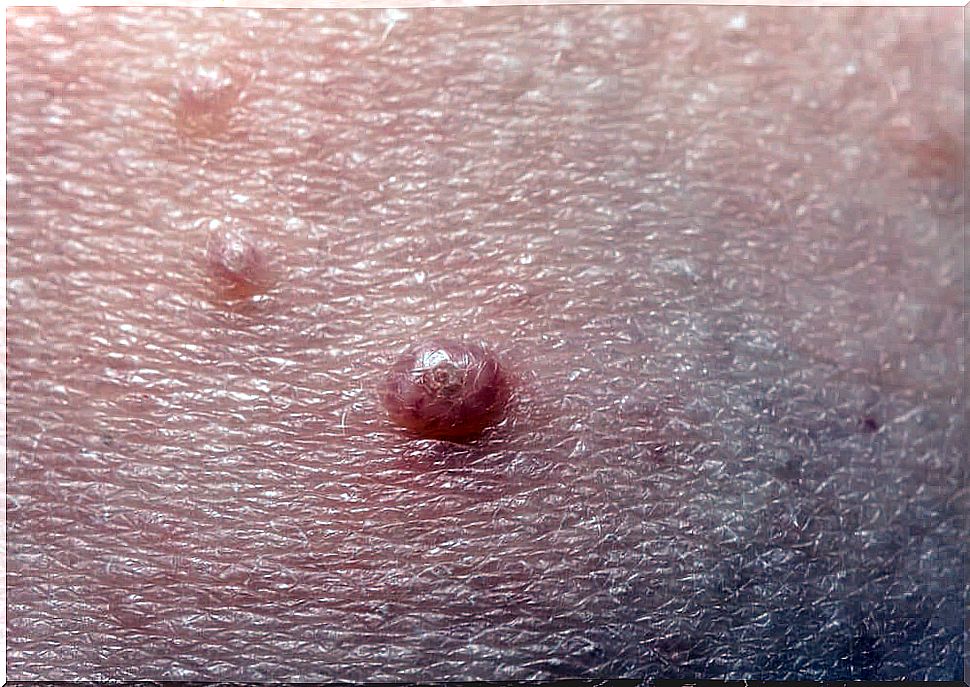
What to do if my child has mollusks?
If your child has this infection, there are several preventive measures that can be taken to avoid spreading it to others or to prevent it from spreading to the rest of their body. Some of these measures are:
- Avoid touching, scratching or rubbing lesions as much as possible.
- Avoid using the same tools, such as clothes, sheets, towels …, with non-infected people.
- Wash your hands frequently, and also keep the wound area clean and dry.
Apart from these measures, a child with mollusks can continue to lead a totally normal life. Go out and play with other children, etc… If the infection has passed, even after it has been cured, a person can become infected again and have it again. These prevention measures should also be taken in people who have already suffered from it.
Definitely
The mollusk, although frequent, is a benign pathology that does not usually cause complications and that will eventually disappear on its own or with the help of some treatment. Before the appearance of injuries or symptoms, it will be important, as always, to go to a doctor who makes the definitive diagnosis and decides what will be the most appropriate treatment.
